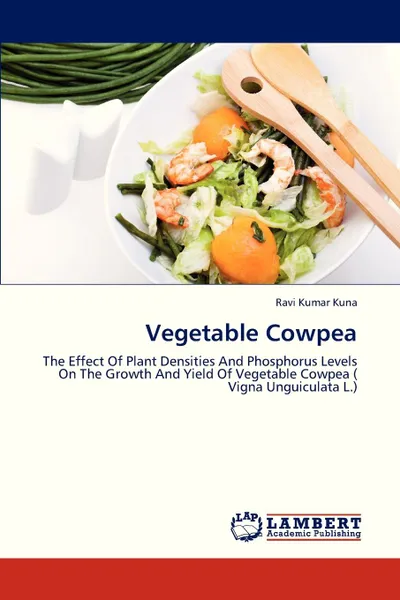Vegetable Cowpea 12+
Автор: Kuna Ravi Kumar
104 страницы
Категория: Научная литература
ISBN: 9783659197536
Язык: Английский
📒 A field experiment was conducted at College of Horticulture, Venkataramannagudem to study the effect of plant density and phosphorus levels on the growth and yield of vegetable cowpea under rainfed conditions. The study revealed that the crop responded to plant densities as well as phosphorus levels. The biometric characters like number of primary branches per plant (8.52), pod length (21.31 cm), pod girth (12.35 mm), number of pods per plant (37.02), number of seeds per pod (16.85), pod weight per plant (10.93 g) and pod yield per plant (301.85 g) were higher at lower density plants (37,037 plants/ha) along with 60 kg P2O5/ha. The growth and yield characters like plant height (52.47 cm), TDM accumulation (3968.04 kg/ha), days to flowering (34.73 days), days to first picking (44.28 days) and pod yield (152.87 q//ha) were showed better expression in case of high density planting (74,074 plants/ha) along with 60 kg P2O5/ha. The interaction effect of plant densities and phosphorus levels were significant on plant height, total dry matter accumulation and days to flowering, pod length, pod weight per plant, yield per plant and pod yield/ha.
Мнения
